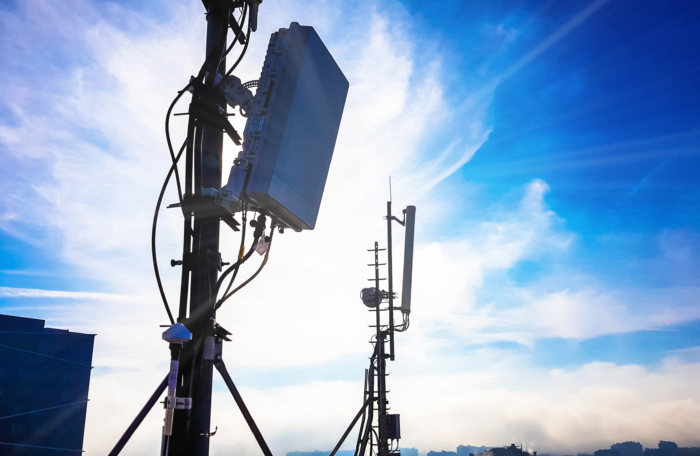Impeding the expansion of new telecom technologies would hurt New Hampshire
A House bill considered in committee this week would deny much of New Hampshire access to the most advanced telecommunications technologies.
House Bill 1644 would require “telecommunications antennas” to be placed “at least 1,640 feet from residentially zoned areas, parks, playgrounds, hospitals, nursing homes, day care centers, and schools.”
The bill’s stated purpose is to protect people from the “significant public health risk associated with the cumulative effects of radio frequency radiation which is growing every day with the proliferation of cell tower transmitters.”
Some people who believe that cell phone radiation causes cancer think that 1,640 feet, or 500 meters, is the minimum safe distance from a cellular network antenna.
But this fear is unfounded, according to hundreds of studies and numerous public health agencies and organizations:
- The Food and Drug Administration concluded in February of 2020 that “there is no consistent or credible scientific evidence of health problems caused by the exposure to radio frequency energy emitted by cell phones.” The FDA report noted that brain cancer cases have declined as mobile phone use has grown.
- An Australian study published in March of 2021 reviewed 138 studies of radio frequency fields consistent with 5G networks. It found “no confirmed evidence that low-level RF fields above 6 GHz such as those used by the 5 G network are hazardous to human health.”
- The World Health Organization concluded in 2014 that “no adverse health effects have been established as being caused by mobile phone use.”
- The Centers for Disease Control and Prevention has concluded that “we do not have the science to link health problems to cell phone use” at this time.
- “At this time, there’s no strong evidence that exposure to RF waves from cell phone towers causes any noticeable health effects,” the American Cancer Society has concluded.
- The National Cancer Institute notes that cell phone radiofrequency “energy is too low to damage DNA” and that the “only consistently recognized biological effect of radiofrequency radiation absorption in humans that the general public might encounter is heating to the area of the body where a cell phone is held (e.g., the ear and head). However, that heating is not sufficient to measurably increase body temperature. There are no other clearly established dangerous health effects on the human body from radiofrequency radiation.”
Were legislators to pass the bill out of a misplaced sense of caution, the economic and quality of life effects would be substantial — and negative. The Town of Amherst shows how.
Amherst’s zoning map shows that residential/rural zoning covers 62.7% of the town, and “Northern Rural” zoning, where single-family homes are allowed, covers another 24.43%. That leaves little room for new telecommunications antennas. The bill would shrink the remaining zones by 1,640 feet from any side that touches a residential zone, and it would create no-antenna zones around every park, playground, hospital, nursing home, day care center, and school.
Further, if “residentially zoned areas” means any zone that allows any residential use, then the areas where antennas would be allowed would shrink to a tiny fraction of available land in any given community.
Consider Charlestown, a community in dire need of economic development. A look at its zoning map shows that the vast majority of the town is zoned either “mixed use” or “residential/rural.” Residential dwellings are permitted in the mixed use zone.
Residences are allowed in the “Town Center,” “North Main Street,” and “Business” zones as well. Residences are prohibited only in a tiny section of town zoned for industrial use, and at the Fort at No. 4 historic site.
Were HB 1644 to become law, Charlestown likely would be carved out of the state-of-the-art 5G cellular network that soon will connect much of the planet to ultra high-speed wireless broadband service.
This scenario would be repeated in town after town throughout New Hampshire. The bill would risk wiping chunks of New Hampshire off the 5G map, creating large gaps in coverage and exacerbating the digital divide that already holds rural areas back economically.
If that weren’t bad enough, the bill violates the federal Telecommunications Act of 1996.
New Hampshire’s Commission to Study The Environmental and Health Effects of Evolving 5G Technology concluded in its final report that “this Act says, among many other things, that the siting of any antennae cannot be denied due to health concerns.”
HB 1644 explicitly attempts to deny siting of antennae due to health concerns. It plainly violates federal law.
Remote parts of New Hampshire are already economically disadvantaged relative to places located closer to commercial and technological hubs. Impeding the expansion of advanced communications technologies to these areas would hurt them, not help them.



